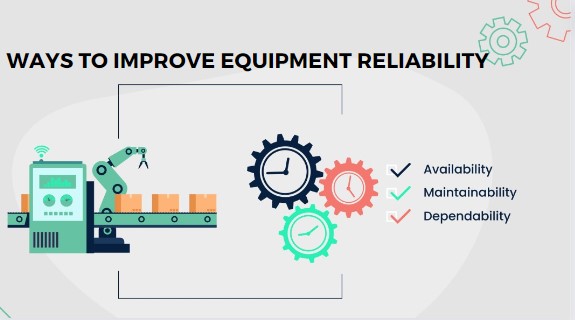
5 ways to Improve Equipment Reliability
Madhurima Sanyal |
19 Feb 2024 |
05:13 AM
- Importance of Equipment Reliability in Manufacturing Operations
- Understanding Equipment Uptime
- 5 Ways to Improve Equipment Reliability
- Metrics and Measurement of Production Reliability
- Cultivating a Reliability Culture
- Strategies for Cultivating a Reliability Culture Among Employees
- Incorporating Training Programs to Enhance Skills and Awareness
- Conclusion
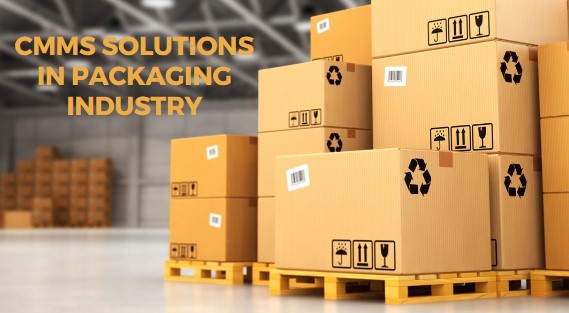
CMMS Solutions In Packaging Industry
Madhurima Sanyal 09 Feb 2024 | 11:34 AMUnlock operational excellence in the beverage industry with proactive maintenance strategies and CMMS solutions for optimized asset performance and regulatory compliance...
Defining Equipment Reliability
Equipment reliability refers to the ability of machinery and assets to perform their intended functions consistently and predictably over time, without experiencing unexpected breakdowns or failures. It encompasses various factors such as uptime, performance consistency, and the ability to meet production demands without interruptions due to malfunctions or defects.
In essence, equipment reliability is a measure of how dependable and trustworthy the machinery and assets are in a manufacturing environment. It involves ensuring that equipment operates efficiently, effectively, and safely throughout its lifecycle.
Importance of Equipment Reliability in Manufacturing Operations
Equipment reliability is paramount in manufacturing operations as it directly impacts productivity, profitability, and overall business success. When equipment reliability is compromised, it can lead to costly downtime, production delays, and decreased output, ultimately affecting the bottom line.
If manufacturers improve equipment reliability, they can minimize the risk of equipment failures and breakdowns, thereby maintaining smooth plant operations and meeting production targets consistently. Additionally, reliable asset reduces the need for costly repairs and replacements, saving time, money and maintain equipment warranties.

Furthermore, equipment reliability contributes to a safe working environment by reducing the likelihood of accidents and injuries caused by malfunctioning machinery. It also enhances customer satisfaction by ensuring timely delivery of products and maintaining product quality standards.
Understanding Equipment Uptime
Importance of Equipment Uptime - Equipment uptime is essential for an effective maintenance program. It helps in maintaining a competitive edge in the manufacturing industry. High uptime ensures that production targets are met, customer orders are fulfilled on time, and revenue streams remain uninterrupted. Conversely, downtime can result in missed deadlines, delayed deliveries, and dissatisfied customers.
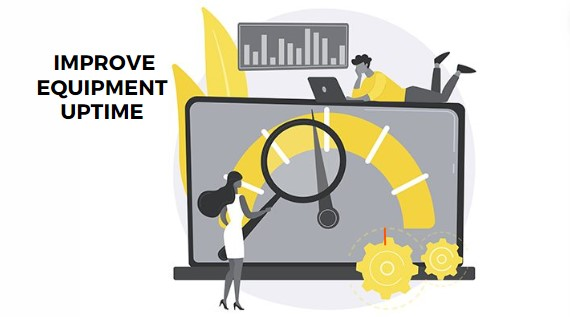
Maximizing asset uptime also reduces maintenance costs and extends the lifespan of machinery. By proactively addressing maintenance needs and implementing reliability-focused strategies, manufacturers can minimize the risk of unplanned downtime and equipment failures.
Impact on Bottom Line - The impact of equipment uptime on the bottom line cannot be overstated. Every minute of downtime translates to lost revenue and increased expenses. Additionally, the cost of repairing or replacing faulty asset can be substantial. By maximizing equipment uptime, manufacturers can optimize their operational efficiency and profitability.
Role of Facility Management in Brand Uptime - Facility management plays a critical role in ensuring brand uptime by overseeing the maintenance, operation, and optimization of manufacturing facilities. Facility managers are responsible for implementing preventive maintenance programs, monitoring equipment health, and coordinating repairs to minimize downtime and maximize uptime.
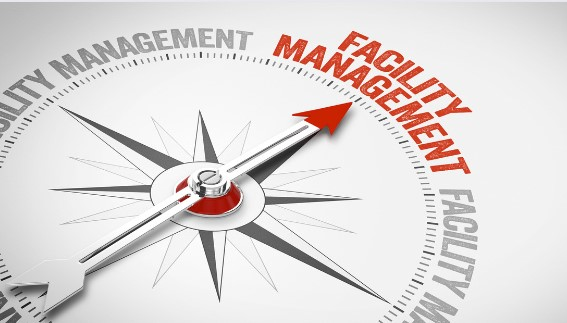
Facility Management in Industries - In various industries, including food processing, automotive manufacturing, and pharmaceutical production, effective facility management is essential for maintaining asset reliability and uptime. By prioritizing equipment maintenance, investing in redundancy measures, and providing proper training to staff, facility managers can support equipment reliability.
5 Ways to Improve Equipment Reliability
Enhancing equipment reliability is paramount for ensuring seamless and productive operations in manufacturing environments. Below are five indispensable strategies to bolster equipment reliability and mitigate the risk of failures:
Train Plant Employees for Optimal Equipment Operation
Comprehensive training empowers plant employees to operate equipment proficiently, minimizing the likelihood of errors and potential failures. Well-trained staff are adept at identifying early warning signs and implementing preventive measures to forestall downtime.
Utilize High-Quality Lubricants for Maintenance program
Using high-quality lubricants helps to reduce friction, wear, and tear on equipment components, extending their lifespan and improving overall reliability. Regular lubrication maintenance ensures that machinery operates efficiently and minimizes the risk of unexpected breakdowns.
Invest in Equipment Redundancy for Minimizing Downtime

Having redundant systems or backup equipment in place provides a safety net in case of primary equipment failure. Investing in redundancy measures helps to minimize downtime and not to risk equipment failures.
Conduct Consistent Cleaning and Maintenance Program
Regular cleaning and maintenance are essential to prevent failure and extend equipment life. Scheduled maintenance programs in plants such as food processing plant or typical food packaging line ensures that asset is inspected, serviced, and repaired promptly, reducing the likelihood of unexpected breakdowns.
Implement Automation Solutions for Efficient Operations
Automation solutions streamline processes, reduce manual intervention, and enhance operational efficiency. Automated systems can detect issues in real-time, perform predictive maintenance, and optimize plant's central equipment performance, thereby improving reliability and productivity.
By implementing these strategies, manufacturers can significantly enhance equipment reliability, minimize downtime, and maximize productivity in their operations.
Metrics and Measurement of Production Reliability
Measuring production reliability is essential for assessing the performance of equipment and identifying areas for improvement. By tracking key metrics, manufacturers can gauge the effectiveness of their reliability initiatives and make informed decisions to minimize equipment failure rates. Here are some important aspects to consider:
How to Measure Production Reliability - Production reliability can be measured using various metrics such as mean time between failures (MTBF), mean time to repair (MTTR), overall asset effectiveness (OEE), and availability. These metrics provide insights into the frequency of asset failures, the time required to restore functionality, and the overall efficiency of asset utilization.
Developing Metrics to Track Equipment Reliability - To effectively track critical equipment reliability, it's crucial to establish clear and measurable metrics aligned with organizational goals. These metrics should focus on uptime, downtime, maintenance intervals, and failure rates for critical equipment. Regularly monitoring and analyzing these metrics allows manufacturers to identify trends, address recurring issues, and improve overall equipment reliability.

Continuous Improvement and Updating of Reliability Goals - Achieving and maintaining high levels of production reliability requires a commitment to continuous improvement. Manufacturers should regularly review their reliability goals, performance metrics, and maintenance strategies to identify areas for enhancement. By setting ambitious yet achievable goals and regularly updating them based on performance data, organizations can drive ongoing improvements in equipment efficiency.
Cultivating a Reliability Culture
Fostering a reliability culture is instrumental in ensuring the long-term performance and effectiveness of equipment in plant operations. A reliability culture emphasizes the collective responsibility of all employees in maintaining and reducing equipment failure rates. Here's why it's crucial and how to cultivate it:
Importance of a Reliability Culture in Improving Equipment Performance
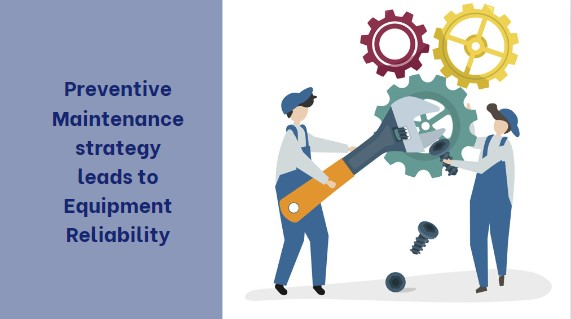
A reliability culture is pivotal in fixing equipment problems as it fosters a proactive approach towards maintenance and problem-solving. When properly trained teams understand the critical role they play in maintaining plant reliability, they are more likely to take ownership of their tasks and adhere to preventive maintenance measures. Moreover, a strong reliability culture promotes a sense of accountability and teamwork, leading to better collaboration between departments and improved overall equipment health.
Strategies for Cultivating a Reliability Culture Among Employees
To cultivate a reliability culture, organizations should focus on properly training employees on equipment operation and maintenance procedures. Providing comprehensive training programs ensures that employees have the necessary skills and knowledge to perform their roles effectively and contribute to equipment reliability. Additionally, organizations should encourage open communication, recognize and reward proactive behaviors, and empower employees to take initiative in identifying and addressing potential issues.
Incorporating Training Programs to Enhance Skills and Awareness
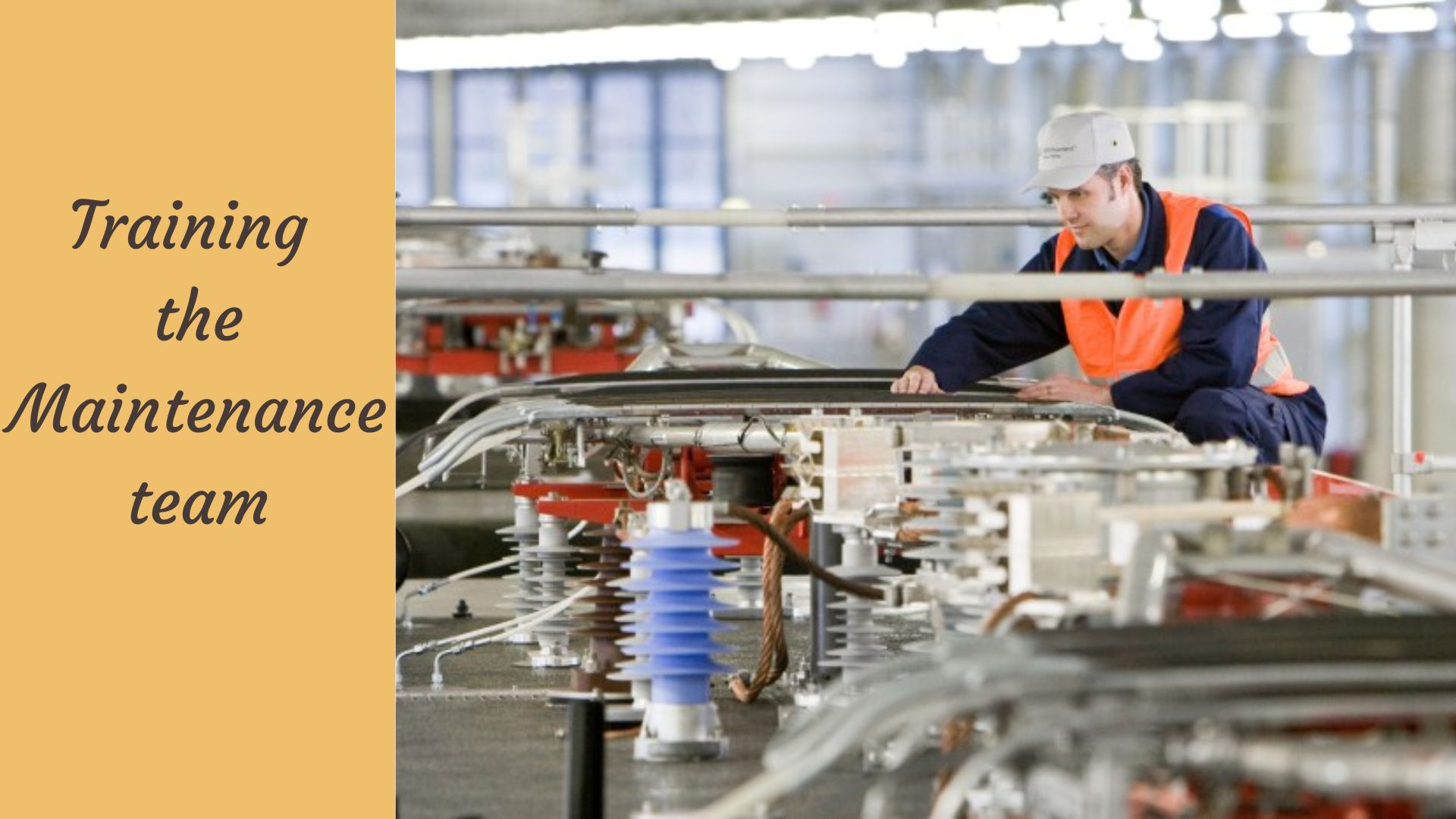
Training programs play a crucial role in enhancing employee skills and awareness regarding equipment reliability. By investing in ongoing training and development, organizations can ensure that employees stay updated on the latest technologies, best practices, and safety protocols. Training programs should cover topics such as preventive maintenance, equipment troubleshooting, and proper use of repair and replacement parts. By equipping employees with the necessary skills and knowledge, organizations can foster a culture of reliability and ensure the continued success of their operations.
Conclusion
Maintaining high equipment reliability is paramount for manufacturing operations striving for efficiency, productivity, and profitability. Throughout this discourse, we've explored various strategies and practices aimed at bolstering equipment reliability, from implementing robust maintenance programs to fostering a culture of accountability and continuous improvement.
It's evident that investing in proper training for employees, utilizing high-quality lubricants, ensuring equipment redundancy, and implementing automation solutions are just a few of the crucial steps towards achieving reliable equipment performance. Additionally, tracking key metrics and continuously updating reliability goals allow organizations to adapt to evolving needs and challenges.
By prioritizing equipment reliability, manufacturers can minimize the risk of equipment failures, reduce unplanned downtime, and optimize overall operational efficiency. Moreover, a focus on reliability not only enhances equipment health but also contributes to a safer work environment and improved customer satisfaction.

In today's competitive landscape, where every minute of downtime can have significant repercussions on the bottom line, fostering a culture that values and supports equipment reliability is indispensable. With dedication, collaboration, and a commitment to excellence, organizations can ensure that their equipment operates efficiently, effectively, and reliably, thereby laying the foundation for sustained success in the manufacturing industry.